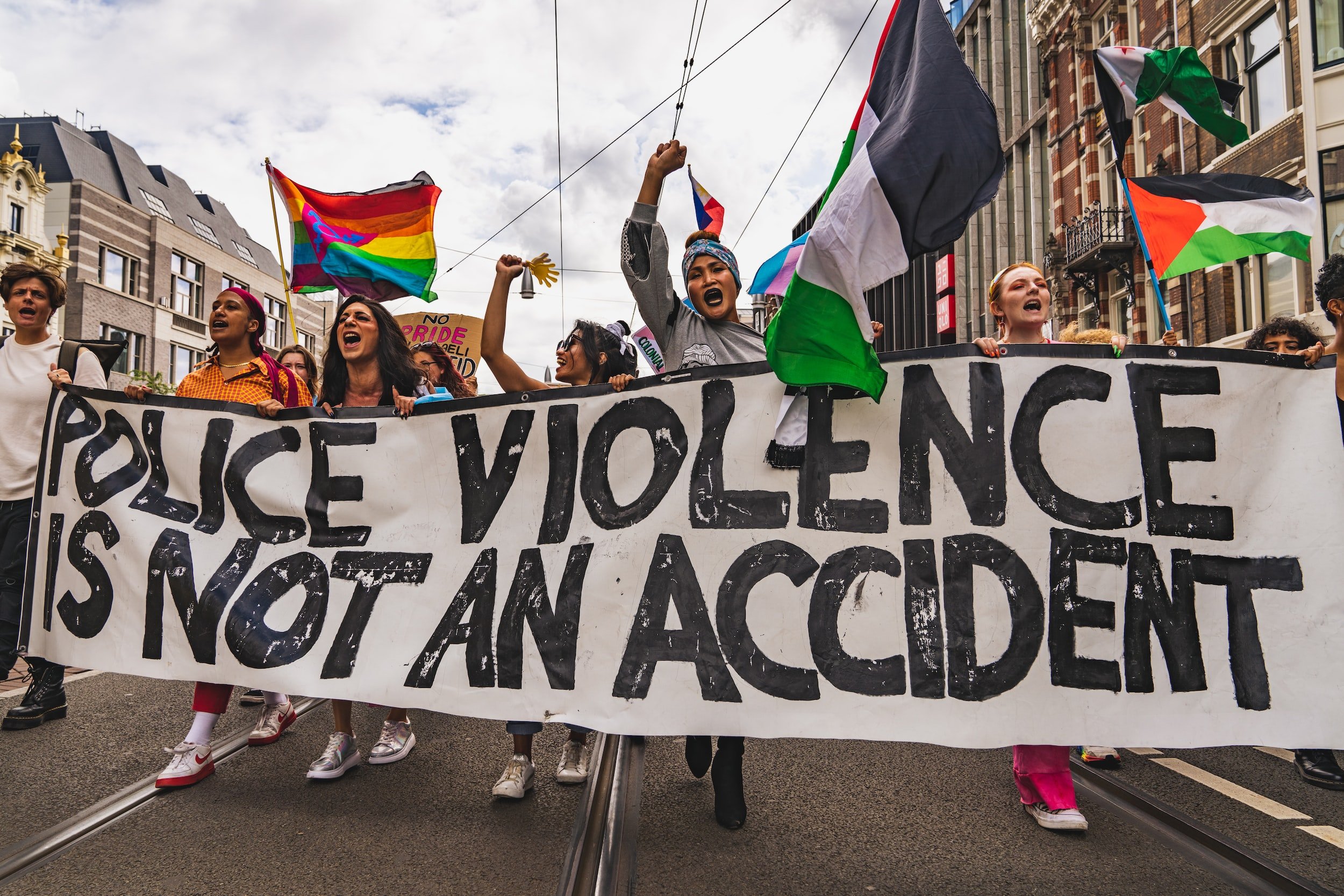What is Transgender Day of Vengeance?
A meme-phrase long used in the transgender community has been repurposed by right wing media to increase scapegoating of the transgender community. What does it mean, really?
by Evan Urquhart
The scapegoating of the transgender community continues in the wake of the school shooting in Nashville earlier this week which left 6 dead, and committed by a person believed to have been a transgender man. Right wing propagandists, including those at the Daily Mail, have seized on the meme phrase “Transgender Day of Vengeance,” as well as clips and videos from little known social media accounts created by trans people who participate in American gun culture, to further solidify the narrative that trans people represent a violent threat and encourage backlash against the transgender rights movement.
International Transgender Day of Visibility is an annual awareness-raising event held each year on March 31. It was created in 2010 by an American trans activist who hoped to bring attention to positive stories and voices in the transgender community. Within just a few years some members of the trans community, particularly trans women, had also begun using the day as a time to discuss their complicated relationship with visibility, and the way that hyper-visibility and hyper-sexualization of trans women felt frightening and harmful. It’s unclear who first used the phrase “transgender day of vengeance” as a challenge and response to the sanitized, assimilationist feel of TDOV, but the trans-feminist hardcore band G.L.O.S.S. released an album and a track titled “Transgender Day of Revenge” in 2016, so it’s clear the ideas that led to the meme phrase have been around at least that long.
Trans people on Twitter were quick to explain that “transgender day of vengeance” was a meme, and in no way associated with calls for violence. The proposed date of transgender day of vengeance on the day after TDOV, which is April 1st, was always intended to highlight the non-serious nature of it as a concept.
The right to make jokes that are off-color or offensive has been a flashpoint in the culture war battle over comedy and so-called “cancel culture” for many years. Comedians such as Dave Chappelle, Joe Rogan, and Ricky Gervais have long declared that standing up for their right to tell offensive jokes, particularly jokes portraying the transgender community as unreasonable, mentally ill, or laughable based on trans bodies or mode of dress, is fundamental to both free speech and to comedy. The right wing has long rallied around this idea that if something is a joke it can never be harmful, and critiquing jokes on the grounds that they might cause harm is anathema to a free society. Of course, the right to tell jokes without being criticized has always had an asterisk. It’s not a right trans people have ever had access too, as the current climate, in which a joke told in the trans community has been denounced throughout the conservative outrage machine, demonstrates.
But, what does “transgender day of vengeance” actually mean, to those who use it? While it has never been intended as a call for mass violence (and portraying it as such is just an outright lie), it’s also true that the meme comes out of disagreement and division in the transgender community, and one of the sources of division has been over how closely to hew to the ideals of non-violent resistance.
Should a community subjected to hate-crimes and police violence stay committed to a non-violent ideal at all times? Or would the community could benefit from being active in its own self-defense, including armed defense? This has been a deeply contentious issue among trans people, with assimilationist or moderate-minded people fearing the very backlash that we’re seeing take place in the right wing today, using a few cherry picked examples of trans people participating in gun culture to present a terrifying, radical face of trans activism and inflame passions against us.
The radical side of this debate has long held that right wing backlash will find an avenue to scapegoat trans people regardless of any attempts to appease them or present a mainstream-friendly face of trans people. They believe the attempt to present such a face is worse than futile, because it requires abandoning the most marginalized groups in the trans community, including people of color, sex workers, and those who are incarcerated and/or subject to police violence. The radical trans rights movement eschews palatability and mainstream appeal, considering those to be a mug’s game, and seeks to build community defense and power. No segment of the trans community, or trans activism, has ever advocated mass violence, violence against innocent people, or terrorism. The more radical elements have, however, advocated for direct confrontation with both fascist street gangs and police in the context of mass protests.
Transgender Day of Vengeance is a meme, but it’s a meme rooted in these tensions between assimilation and rebellion, moderates and radicals, that exist within trans activism and the wider trans community. It is not a call for violence. It does contain a joking criticism of the idea that non-violence is always the most effective means of organizing.
Author’s note: My reporting synthesizing these two approaches should not be construed as support for either argument. People who have followed me for a while, however, will know that I have consistently taken the non-violent side in the inter-community argument about the benefits and drawbacks of non-violent protest.




